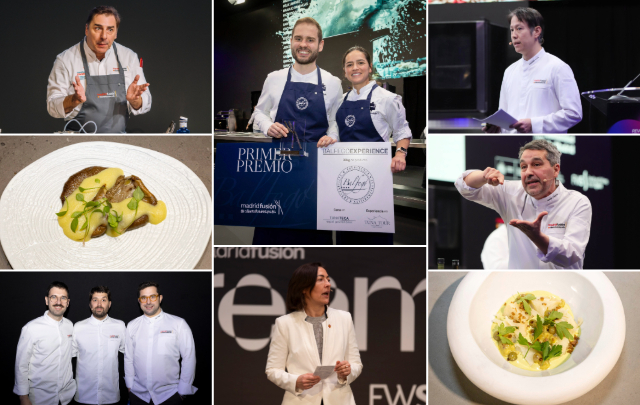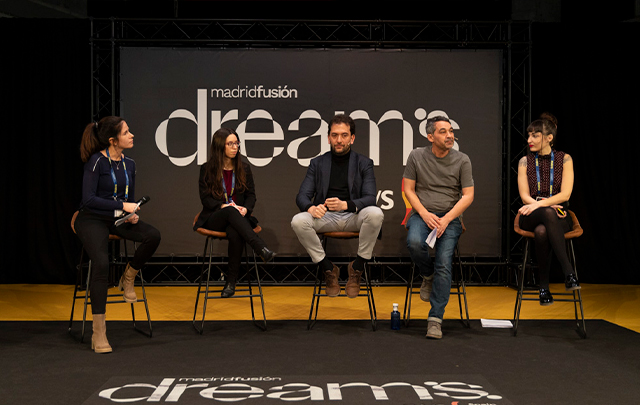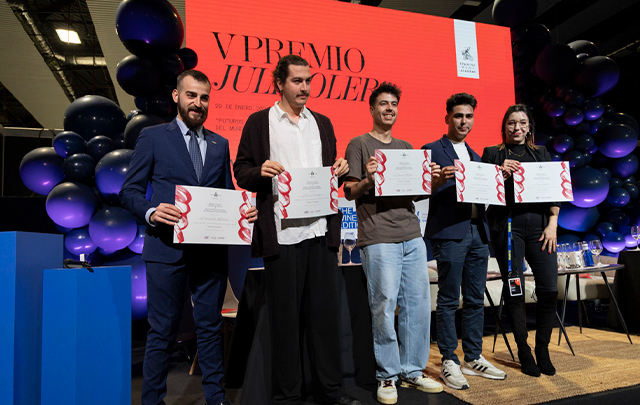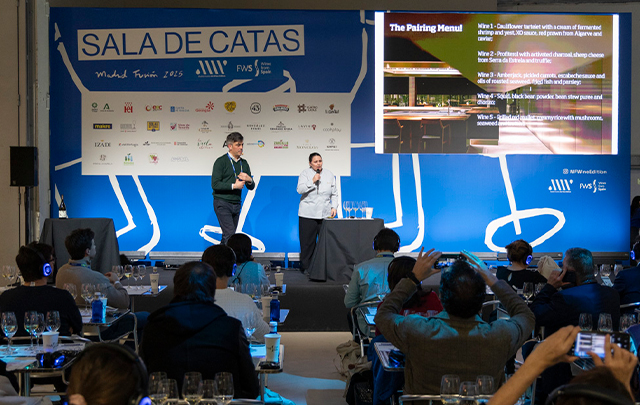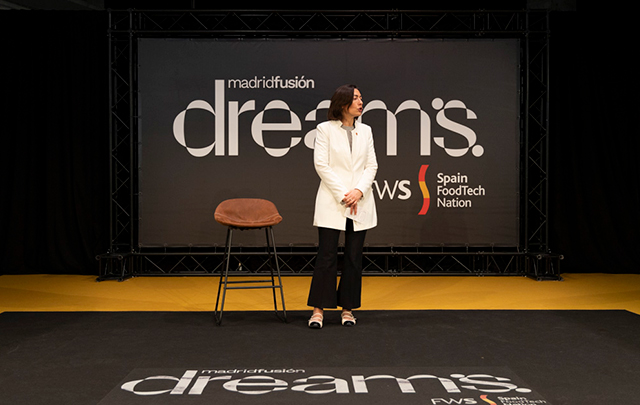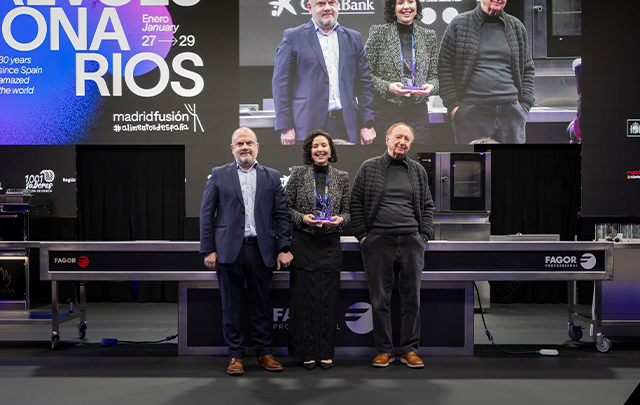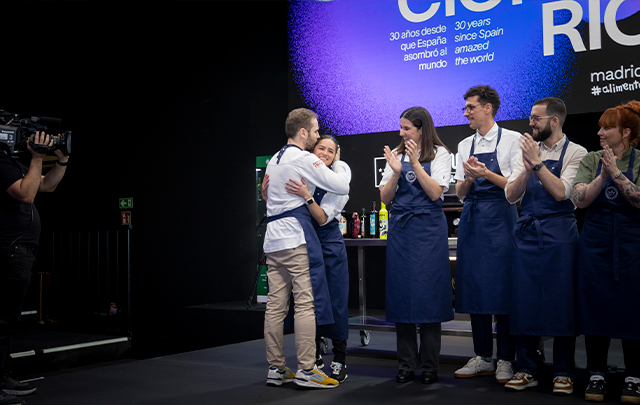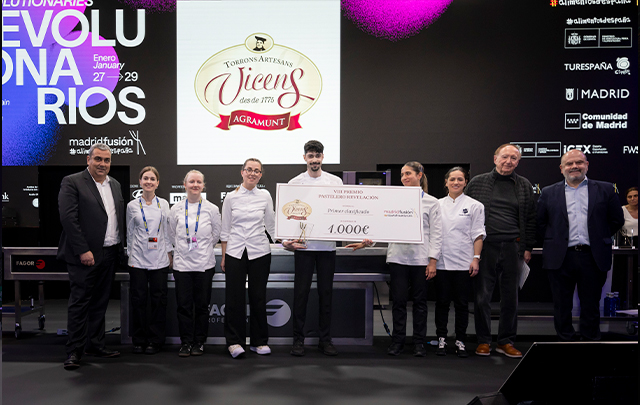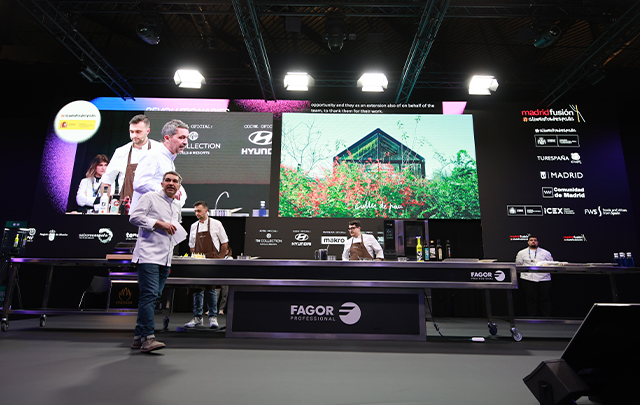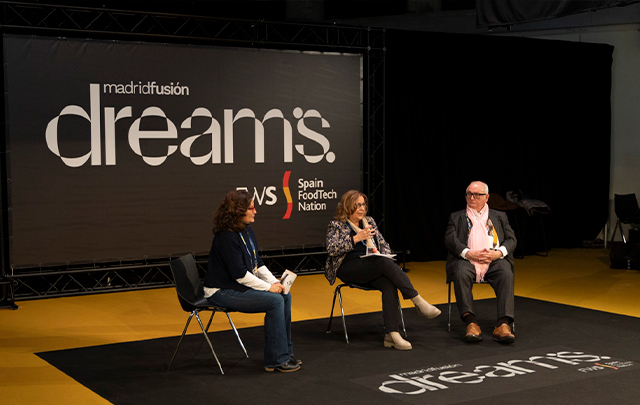News
Narisawa takes us to eat on the streets of Japan
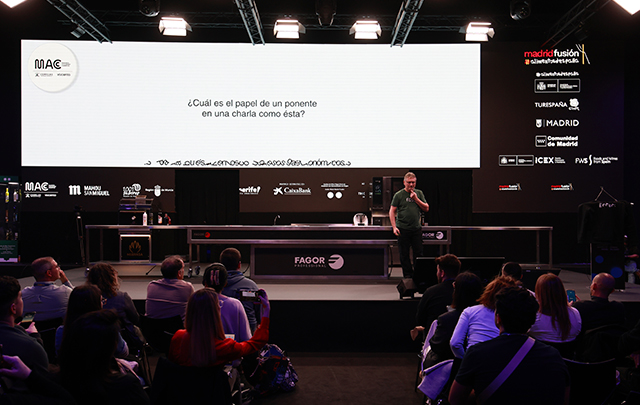
Yoshihiro Narisawa, chef at Narisawa** (Tokyo, Japan), analyzed traditional Japanese popular culture and how street food is closely linked to it
"Contemporary Japanese popular culture is famous for anime, video games, fashion and street food. With this introduction, Yoshihiro Narisawa, chef at Narisawa, took the participants of Madrid Fusion to enjoy the gastronomy of his country through ramen, one of the most popular dishes in the world. He revealed the secret of the "complex umami taste" that is the essence of ramen's exquisiteness. A dish that was adopted from abroad in modern or earlier times and has since evolved in a unique way.
In the last 30 years, there have been many changes in Japanese gastronomy, and Narisawa's goal in his cuisine is to "connect it with everyday food culture". This new culture is known as pop culture and is based on the things that most people enjoy, which is different from traditional culture. "It is created by the public for fun and is connected to their daily lives," the Japanese chef explained. And it is in this fun that ramen has carved out a place for itself as an everyday and haute cuisine food, because "we are obliged to combine tradition, everyday life and innovation.
"Don't think ramen is unhealthy. Sometimes it has a lot of fat, preservatives or salt, but our job is to transform ramen so that people's perceptions change," he said. Indeed, Narisawa's goal is to make the dish healthier and more environmentally friendly. There are many types of ramen, but Narisawa chose to make a salty ramen using the same ingredients he uses in his restaurant. "Dried shiitake, kombu, sake, katsuobushi, mirin, salt, water, soy sauce. For the broth, we use chicken and pork, rice oil and leek oil. To achieve umami flavor, we mix inosinic acid, glutamic acid and guanylin acid to increase the umami by 30%," he said.
"This dish is excellent for young and old because it has an excellent taste and combines Japanese tradition with new pop culture," said the chef. In just half an hour, Narisawa made the auditorium of the Gastronomic Congress smell like the streets of Japan with its aromas and flavors. A real spectacle for the senses.
Questions by Andoni L. Aduriz
Did you come here to find answers? Is there a right answer to every question? Is it more stimulating to ask questions or to search for answers? Is water an ingredient, a tool or a cooking technique? Why am I cooking? Am I cooking for myself or for my guests? Does what we do respond to the excitement or the slavery of a ranking? Is haute cuisine an art? Am I a chef or a customer? These were some of the hundreds of questions that Andoni Luis Aduriz posed in his presentation, leaving the audience with their mouths open and unable to answer them.
The chef from Mugaritz** (Errentería, Guipúzcoa) does not understand cooking without constantly asking questions to force himself to think, and he took the stage at Madrid Fusion ready to look for answers and to ask questions as an excuse to ask more questions. And so he spent the 25 minutes of his talk, to the amazement of the audience and the laughter of some of his colleagues, whom he asked if "it is normal to have a colleague present at your talks? Questions and more questions. "Have you ever seen a lecture with only questions? Let's see if we learn anything," Aduriz concluded. Because at Mugaritz, they don't understand cooking without questions.

